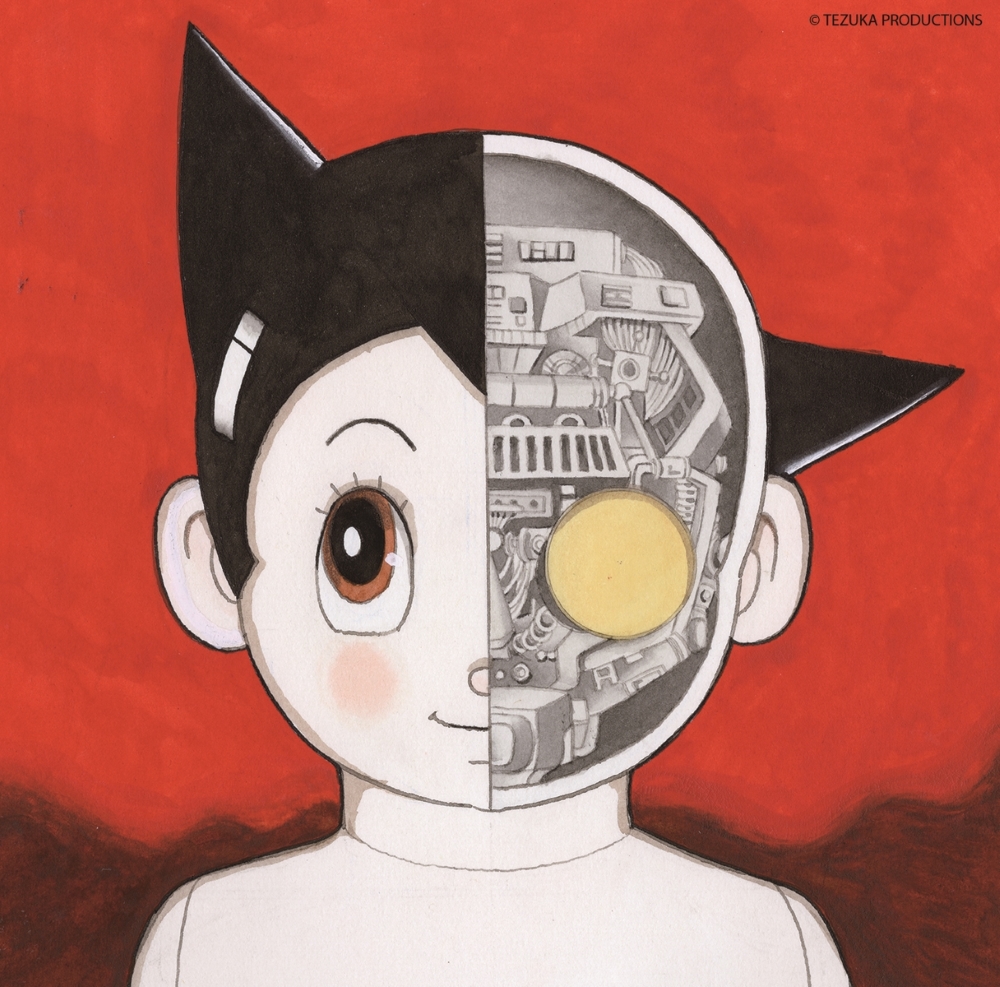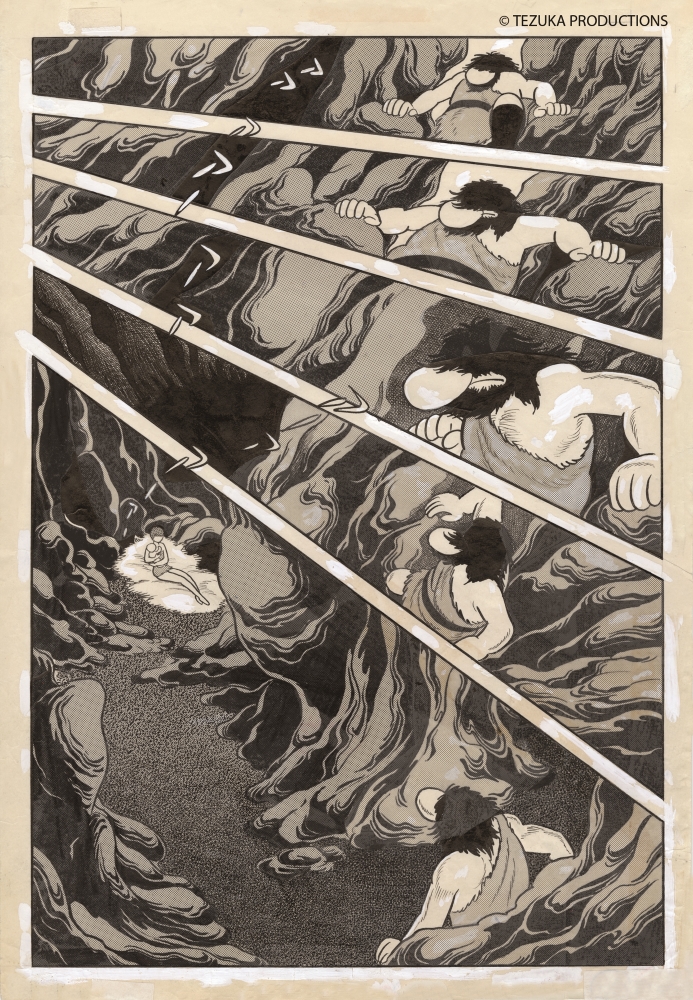Nacho Granero
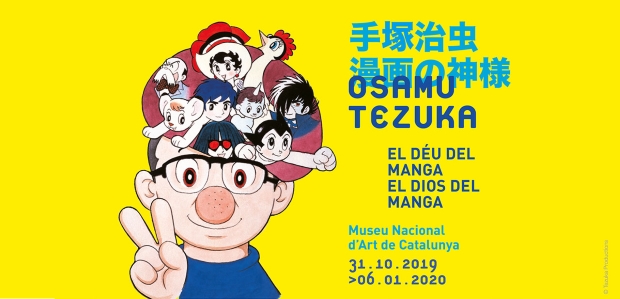
The Museu Nacional d’Art de Catalunya is celebrating its good harmony with the world of comic strips with the new exhibition devoted to the great Osamu Tezuka. Opened during the latest edition of the Manga Convention in Barcelona, the show offers an incredible look at the original pages that came from the pencils of the Japanese maestro.

Osamu Tezuka © Tezuka Productions
Osamu Tezuka’s output is inevitably associated with contemporary Japan. When he began drawing professionally in 1951, Japan was occupied by the American army, keeping the peace. American culture, therefore, very powerfully influenced a Japan undergoing reconstruction after the devastation of the Second World War. Osamu Tezuka was fascinated by the films of Walt Disney, admitting that he had seen some of them more than 50 times. American comics also arrived in Japan, among them the adventures of Superman, a superhero the young Tezuka also admired.
The renewal of manga by Osamu Tezuka
With all this baggage, Osamu Tezuka renewed a genre: manga. Although manga already existed in Japan, it was more closely associated with illustration than with telling stories with drawings. Comic strips also existed in Japan, but Tezuka added to them a new way for telling the story, with effects taken directly from the language of film. Scenes, zooms, movement between scenes; these are elements that Osamu Tezuka included in his comic strips to fascinate us with the stories. And he gave the figures large shiny eyes, associated with the companies of actresses at Takarazuka Grand Theatre, of which his mother was a great fan.
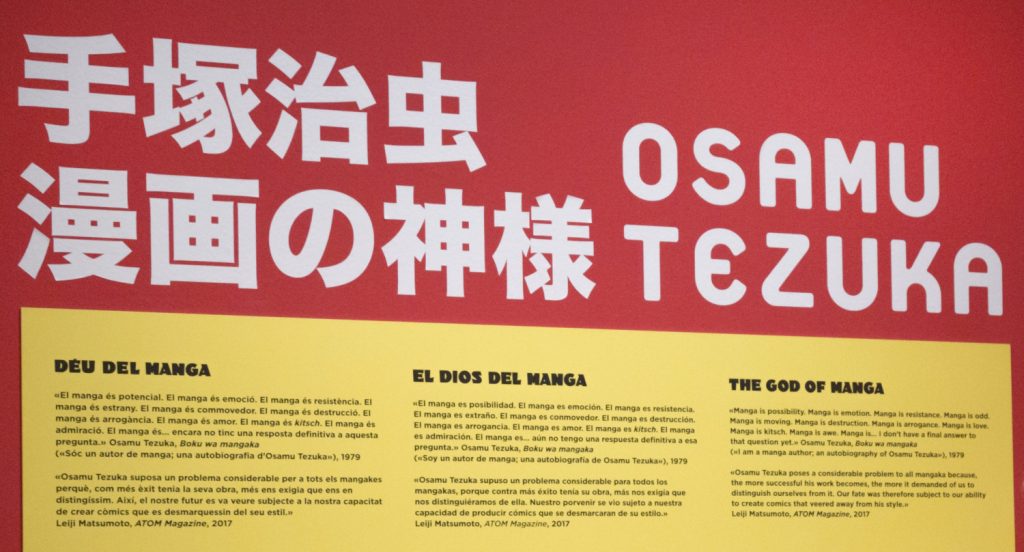
With this aesthetic, Tezuka laid the foundations for the manga and anime that we know today. His work began to be venerated by the generation coming after his, millions of Japanese who read his stories with delight. Artists began to base their work on the aesthetic and thematic teachings of Osamu Tezuka, as we shall see after looking back at the maestro’s work.
The creations of Osamu Tezuka, the god of manga
The exhibition at the Museu Nacional displays the work of Osamu Tezuka in chronological order. He started out as a great author of children’s short stories, drawing the comic strips that he would have liked to read as a boy and a teenager, when he was creating works to feed his own imagination. His first great work, known internationally as Kimba the White Lion (1950-1954), presents a story that, ironically, Disney shamelessly plagiarized in the 1990s: the influence of Tekuza materialized definitively in the studio that contributed so much to his work, closing a circle of creativity.
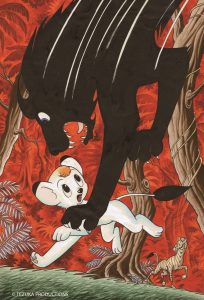
Kimba, the White Lion, Osamu Tezuka © Tezuka Productions
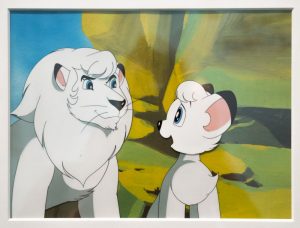
Kimba, the White Lion, Osamu Tezuka © Tezuka Productions. Photo: Marta Mérida
Japan became an economic powerhouse from the 1950s onwards. On the one hand, the development of publishing brought with it a concentration of draughtsmen in Tokyo, with a new generation of artists. On the other, local industry experienced extraordinary growth, with robotics playing a leading role. In this context, Astro Boy (1952-1968) was born, a boy-robot who became a true mass phenomenon. It was a work of science fiction in which the struggle between good and evil was mixed with humour and small doses of drama. In 1963 Astro Boy was turned into a cartoon, the first one in Japan, and later in the rest of the world.
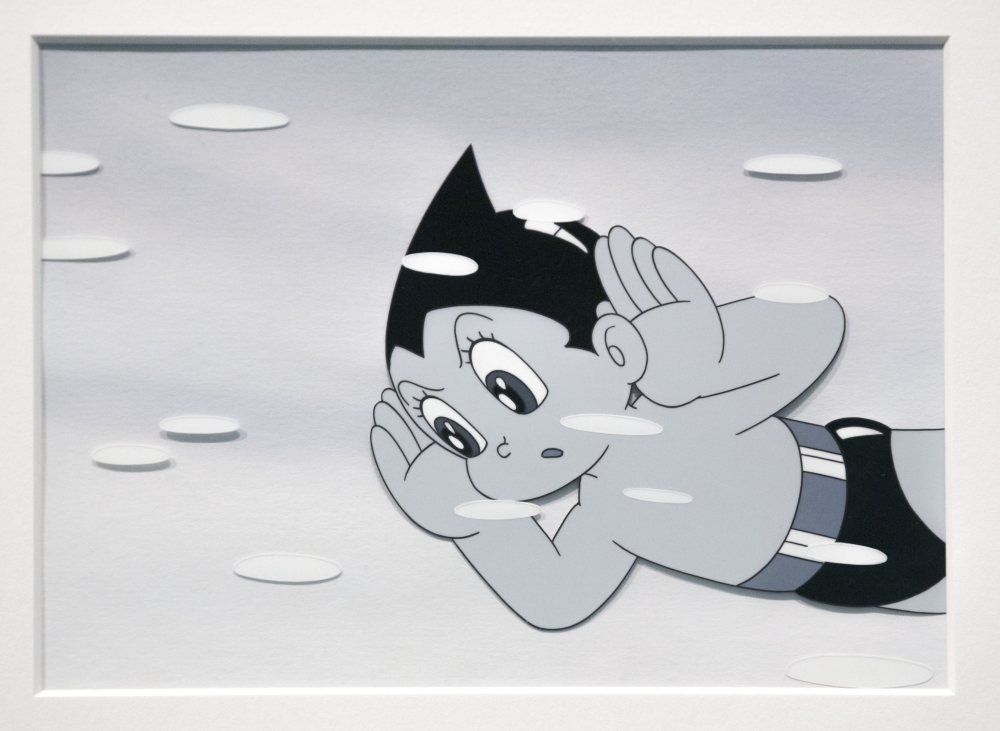
Astro Boy, Osamu Tezuka © Tezuka Productions. Photos: Marta Mérida
Tezuka’s creative mind continued to push the boundaries: Princess Knight (1953-1956) presents Princess Sapphire in an invented medieval Europe. Her noble family have recognized her as a man, despite the fact that she is woman, so that she can overcome the Salic law prevailing in her kingdom. The the woman appears breaking down all the gender barriers, much stronger in Japanese society.

The Princess Knight, Osamu Tezuka © Tezuka Productions
As manga grew up in Japan, so did its readers. Tezuka struggled to be recognized as an original author, able to adapt to new readers that are not just children. Thus, titles appeared that revise history: Phoenix, Buddha and Adolf. The first one is considered to be his masterpiece. It comprises 12 volumes, each one set in a different period of Japan’s history, from prehistory to the distant future. The connecting thread is men’s search for immortality through the blood of the Phoenix, a mystic bird.
Drawings of Phoenix and Buddha, Osamu Tezuka © Tezuka Productions
In Adolf he tells the story of two boys who share this name and who live in 1930s Japan: one belongs to a Jewish family and the other is the son of German diplomats. A third Adolf will condition their ideas and then their attitude to the outbreak of the Second World War. This magnificent work was first published in 1982. Curiously, two years earlier, another author, Art Spielman, had begun another short story in which Word War II was seen through the eyes of anonymous figures who were also fighting to survive the decisions of the Nazi leaders. This was Maus, based on true events.
The legacy of Osamu Tezuka
The original drawings of Osamu Tezuka’s short stories can be enjoyed until 6 January at the Museu Nacional d’Art de Catalunya. The show explains that Tezuka was the man chiefly responsible for the construction of the manga genre. And for spreading this example of contemporary Japanese culture all over the world, massively, crossing all borders, ahead of other international Japanese products, such as video games, karaoke, sushi and ramen.
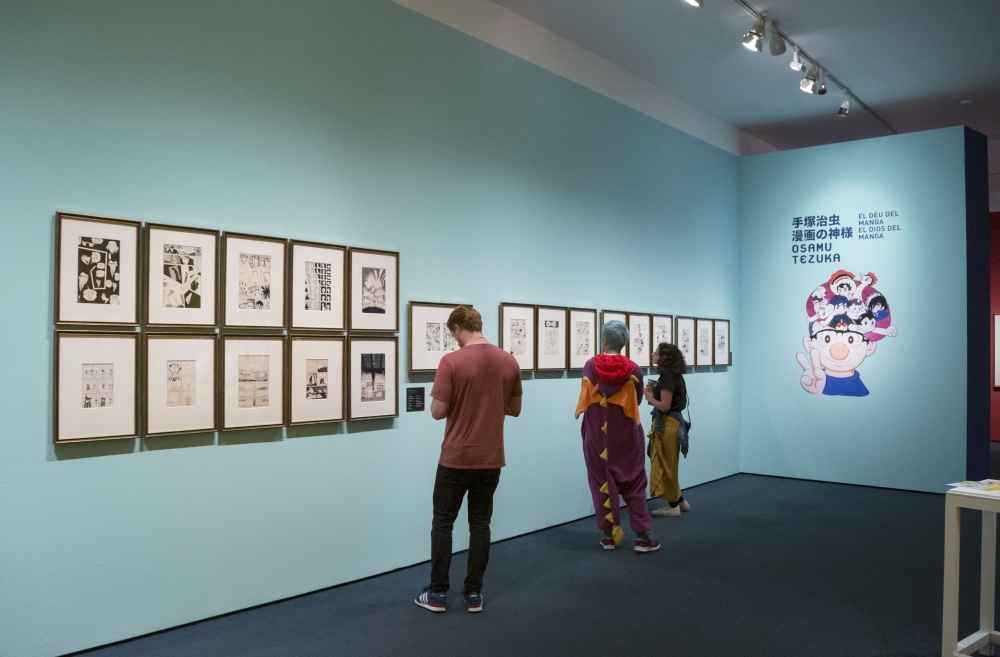
To show how enormous the legacy of the god of manga is, you only have to mention the story of a masterly creator, Miyazaki Hayao, the founder of Studio Ghibli and the man responsible for masterpieces like Princess Mononoke or Spirited Away. He said that as a young man he had copied Tezuka’s style so much that he had to destroy all his early work. Nor would Arale, the girl-robot in Dr. Slump, which made Akira Toriyama, the father of Goku, a star, be possible without the previous existence of Astro Boy. The same goes for other phenomena of the science-fiction genre, like the popular Mazinger Z, or the robots guided by children in the Neon Genesis Evangelion series.
Without the creations of Osamu Tezuka, millions of boys and girls would not have spent the afternoons of our childhood in the worlds of Goku, Candy Candy and Pokemon. And as adults we would not have marvelled at My Neighbour Totoro, Akira, Your Name or Fullmetal Alchemist.
Thanks for the manga, sensei Osamu Tezuka!
Related links
Osamu Tezuka’s official website
Nacho Granero


